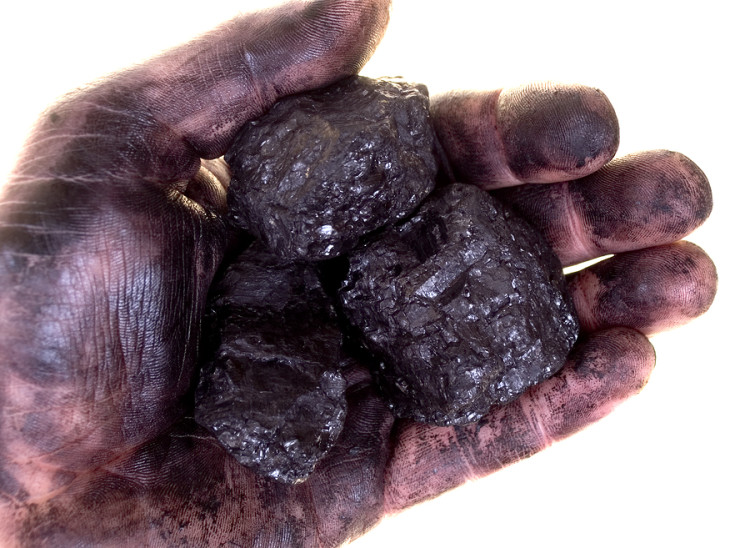China Seen Pulling Coal U-Turn to Reverse Self-Inflicted Rally

published Nov 20th 2016, 3:00 pm, by Bloomberg News
(Bloomberg) —
China is continuing to loosen mining policies that caused global coal prices to surge this year, temporarily reversing some output restrictions and encouraging production to ease tight supply through winter.
The latest guidance given by regulators last week signals the government is allowing a wider range of producers to increase output, according to analysts at Citigroup Inc., China International Capital Corp. and China Coal Transport and Distribution Association. The new policy means miners that account for more than 92 percent of the country’s effective capacity will be able to raise production until the end of March, according to Citigroup.
“This is a big policy change,” David Fang, a director with the China Coal Transport and Distribution Association, said by phone from Beijing. “The government’s previous release of advanced capacity didn’t seem to be enough to curb the price rally.”
To help accelerate higher output from producers with “advanced capacity,” mines that meet work safety standards and relevant laws and regulations can produce at the equivalent of 330 days of annual capacity until heating season ends, the National Development and Reform Commission said on its website Thursday. The latest guidance means that the government is seeking to expand further the number of mines qualified to increase production, analysts at CICC said in a report Friday.
The NDRC’s statement follows weeks of gradually easing restrictions and tighter price controls in the world’s biggest producer and consumer of the fuel. Regulators since September have been allowing an increasing number of miners to raise output above the 276-day limit imposed earlier this year.
While the NDRC is signaling that it wants to see higher production, it hasn’t yet provided specifics on what kind of mines can raise production, according to Michelle Leung, a Hong Kong-based analyst at Bloomberg Intelligence.
Releasing Capacity
“The government is expanding and speeding up the release of capacity that meets safety standards, that’s the direction it’s going,” said Leung. “But it’s not providing any details yet on how much they want to increase.”
The NDRC didn’t reply to a fax seeking comment. Two calls to the government-affiliated China National Coal Association were unanswered and no one replied to an e-mail seeking comment.
“This is a step the government has to take to make sure there is ample supply for the winter heating period,” Zeng Hao, a coal analyst with Fenwei Energy Consulting Co. said by phone “It’s no longer an economic choice, but a social one.”
Coal prices surged this year as China forced miners to cut output in an effort aimed at reviving low prices to help them manage debt. Now regulators are scrambling to reverse course and the sustained high prices are drawing increasing scrutiny from authorities. Officials have also encouraged miners to sign long-term contracts with end-users to help stabilize the market and cracked down on futures trading to curtail speculation.
Gradual Easing
NDRC’s statement on Thursday means miners with a combined 3.7 billion tons of annual capacity can raise production, out of the country’s total 4 billion tons of effective annual capacity, Citigroup analysts including Jack Shang wrote in a research note Thursday.
The so-far weak output response signals that miners are wary of producing too much and forcing prices back down, according to CCTD’s Fang. The new policy will increase supplies, but the extent of the growth is unclear, he said. Production during the first 10 months of the year is down almost 11 percent, according to the National Bureau of Statistics.
Although power-station coal at the port of Qinhuangdao fell for the first time in a year on Nov. 13 to an average of 682.5 yuan ($99) a metric ton, prices are still almost 40 percent higher than the end of August, according to data from CCTD.
Prices could stabilize around 600 yuan a ton if the government sustains output at this level, but could fall back to 400 yuan if it doesn’t tighten supply again after the winter, Zeng said.
To contact Bloomberg News staff for this story: Jing Yang in Shanghai at jyang251@bloomberg.net ;Sarah Chen in Beijing at schen514@bloomberg.net ;Aibing Guo in Hong Kong at aguo10@bloomberg.net To contact the editors responsible for this story: Ramsey Al-Rikabi at ralrikabi@bloomberg.net Aaron Clark
copyright
© 2016 Bloomberg L.P



No Comment